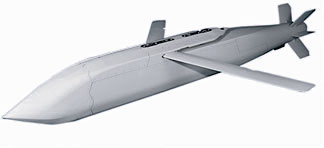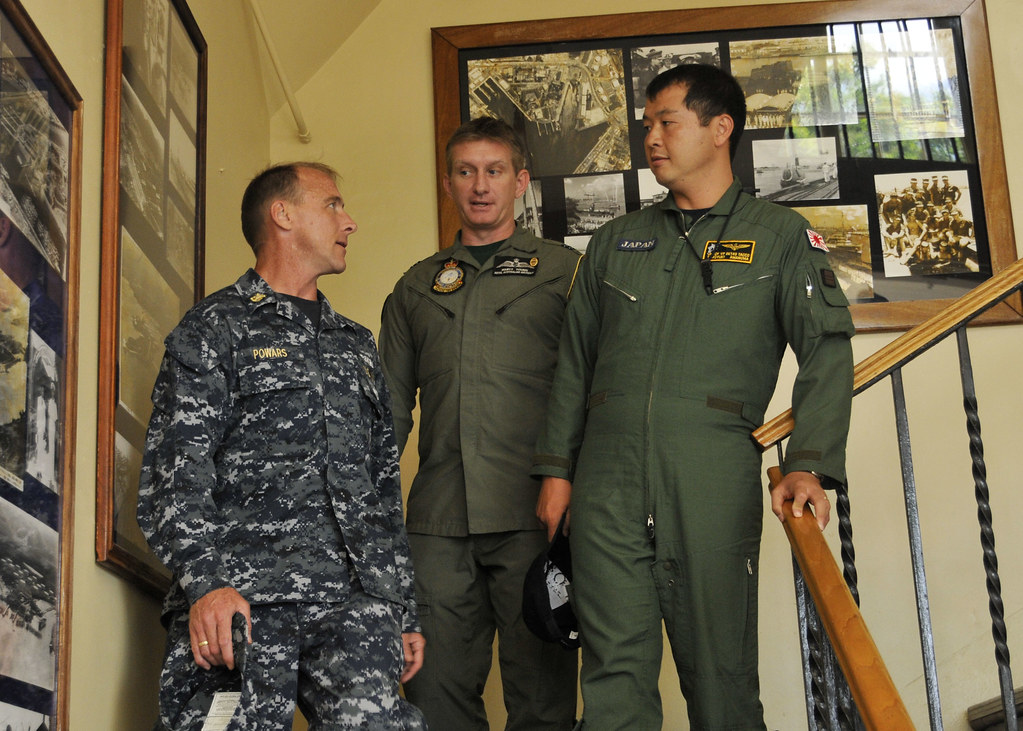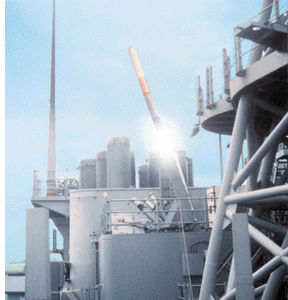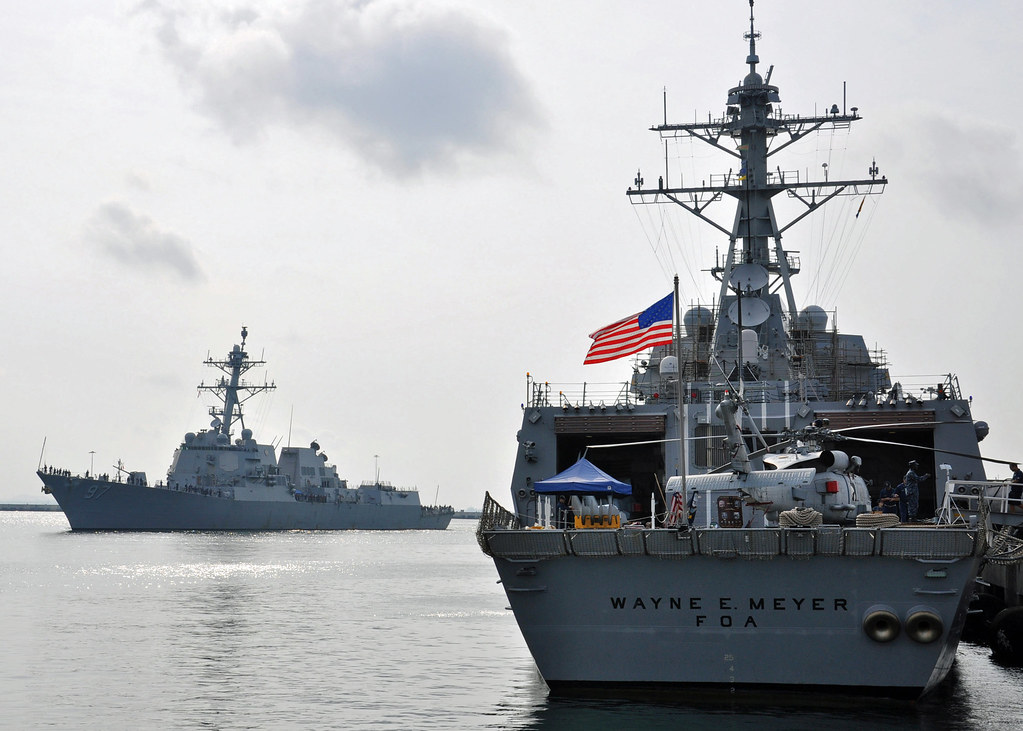The Royal Australian Navy’s newest maritime combat helicopter, the MH-60R Seahawk ‘Romeo’, has successfully fired its first ‘Hellfire’ missile in the United States.
The AGM-114 Hellfire air-to-surface missile was fired by Navy’s 725 Squadron from aircraft currently deployed to the United States Navy’s Atlantic Undersea Test and Evaluation Centre off the Florida coast.
Commander Australian Fleet, Rear Admiral Stuart Mayer, said the Seahawk Romeo’s cutting edge mission systems provided a formidable naval platform.
“Navy’s next generation submarine hunter and anti-surface warfare helicopter will be the cornerstone of our working Navy’s aviation combat capability.
“The new aircraft’s multi-mission and multi-target precision strike capabilities will increase our versatility and potency as a high-end fighting force,” RADM Mayer said.






























